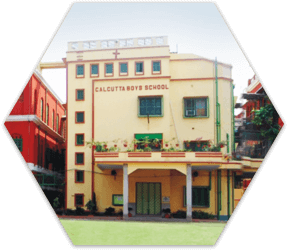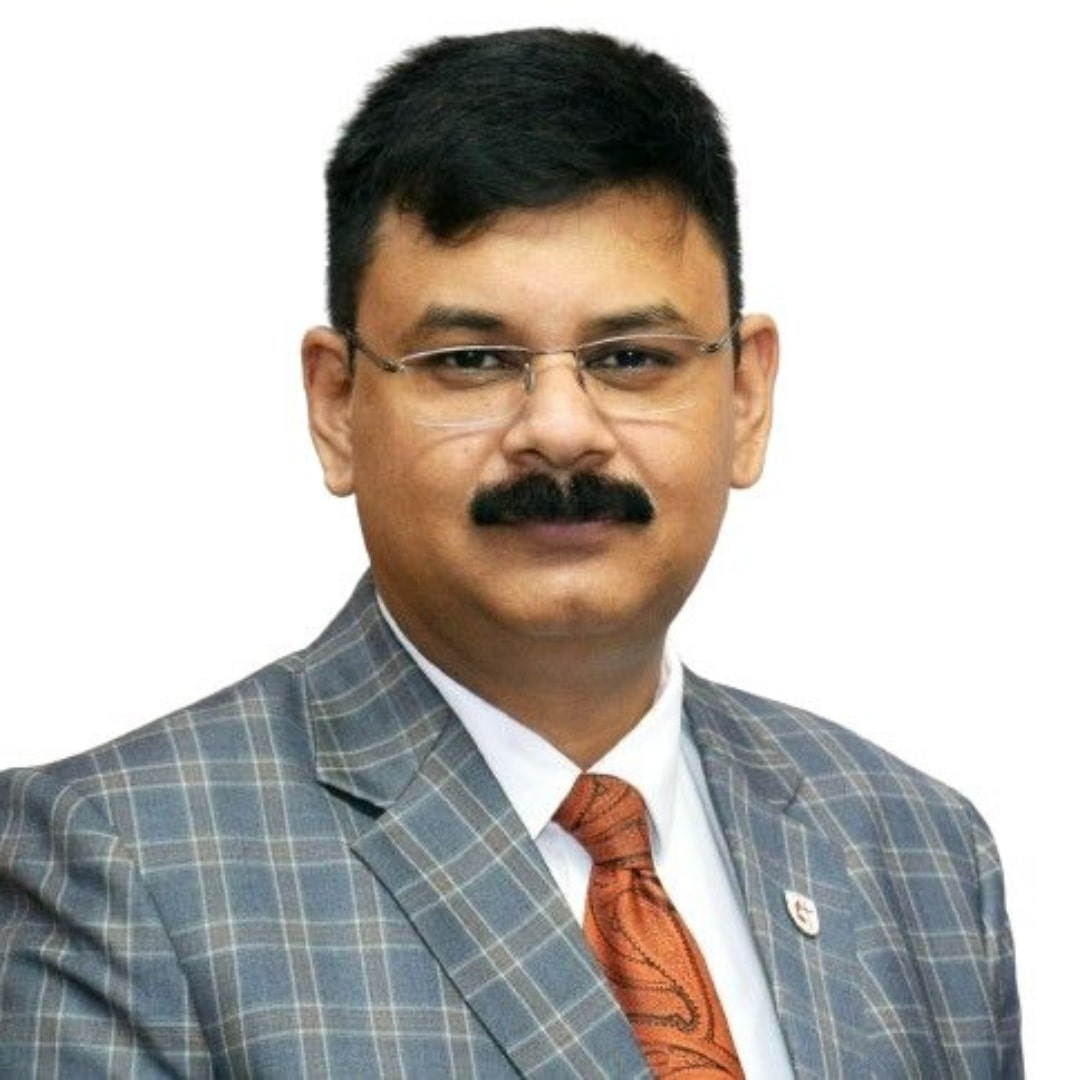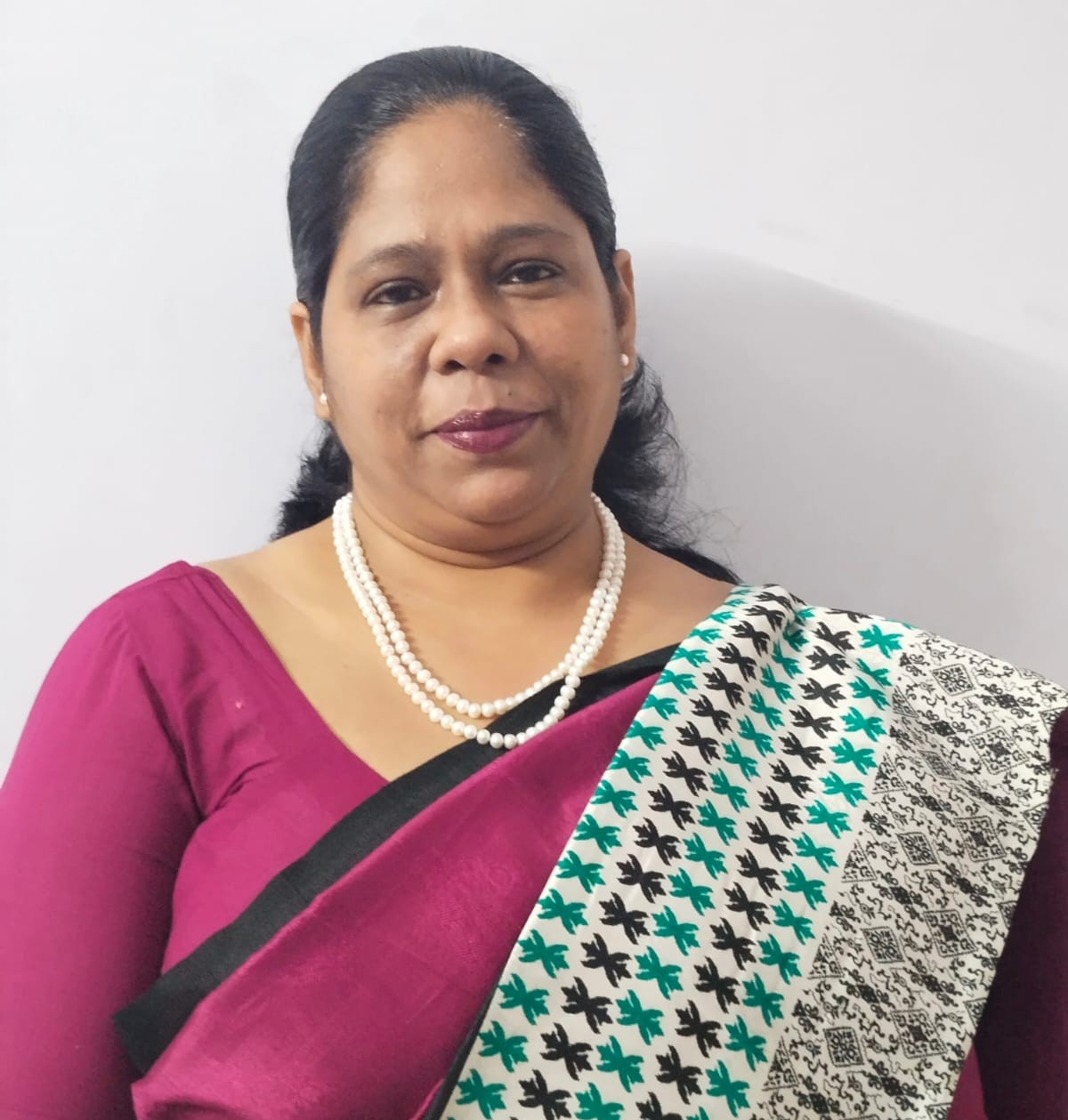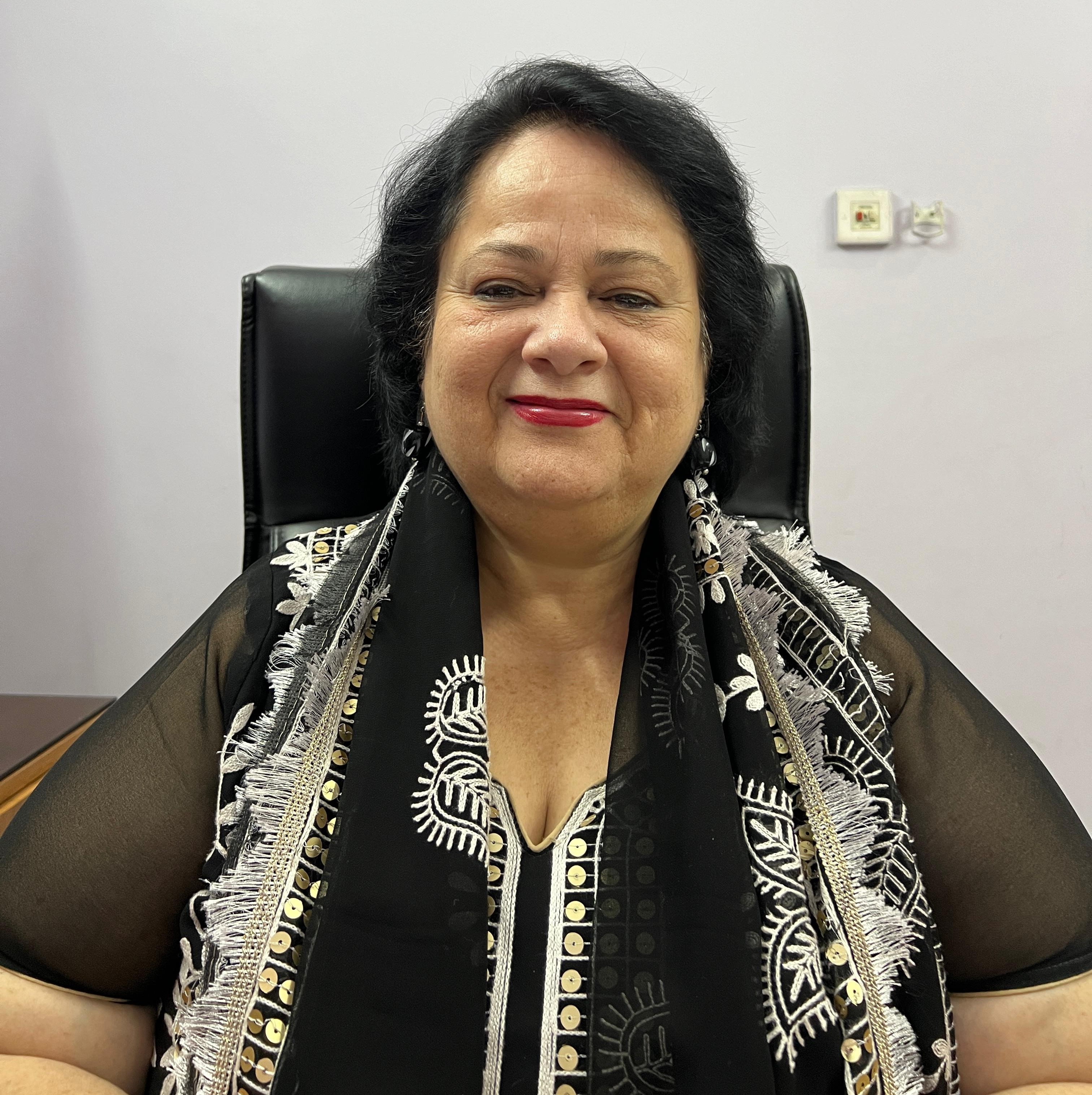THE ORIGIN of the Calcutta Boys'
School is closely linked with the establishment of the
Methodist Episcopal Church (now the MCI) in India. On January 9th,1873, the Reverend Dr.
William Taylor, a famous evangelist, founded the work of the Methodist Church in Calcutta
(now Kolkata) and established the first Methodist Church in Zigzag Lane, Bow bazaar, which
in 1874 shifted to Dharamtalla Street (now Lenin Sarani) and was later named the Thoburn
Methodist Church in memory of Rev. James Mills Thoburn (1836-1922) D.D.; LL.D., (later
Missionary Bishop of the Methodist Episcopal Church).
Rev. Dr. William Taylor was succeeded by Rev. James Mills Thoburn in 1874. It was Bishop
J.M. Thoburn who founded the Calcutta
Boys' School in March 1877 with 6 children. The school
was first located on the rear veranda of the Thoburn Church Parsonage (then located opposite
the Thoburn Church on Dharamtalla Street) with its opening in Mott’s Lane, which had been
rented for Rs. 175/- per month and was occupied Rev. Dr. J. M. Thoburn and his colleague
Frank A Goodwin. In August the same year, the seat of learning was shifted to the old Church
Building (now Central Methodist Church on Lenin Sarani), till its relocation to a room in
Whiteaway, Laidlaw & Co. building on Corporation Street in 1882. All this while the resident
students continued to live in the Parsonage.
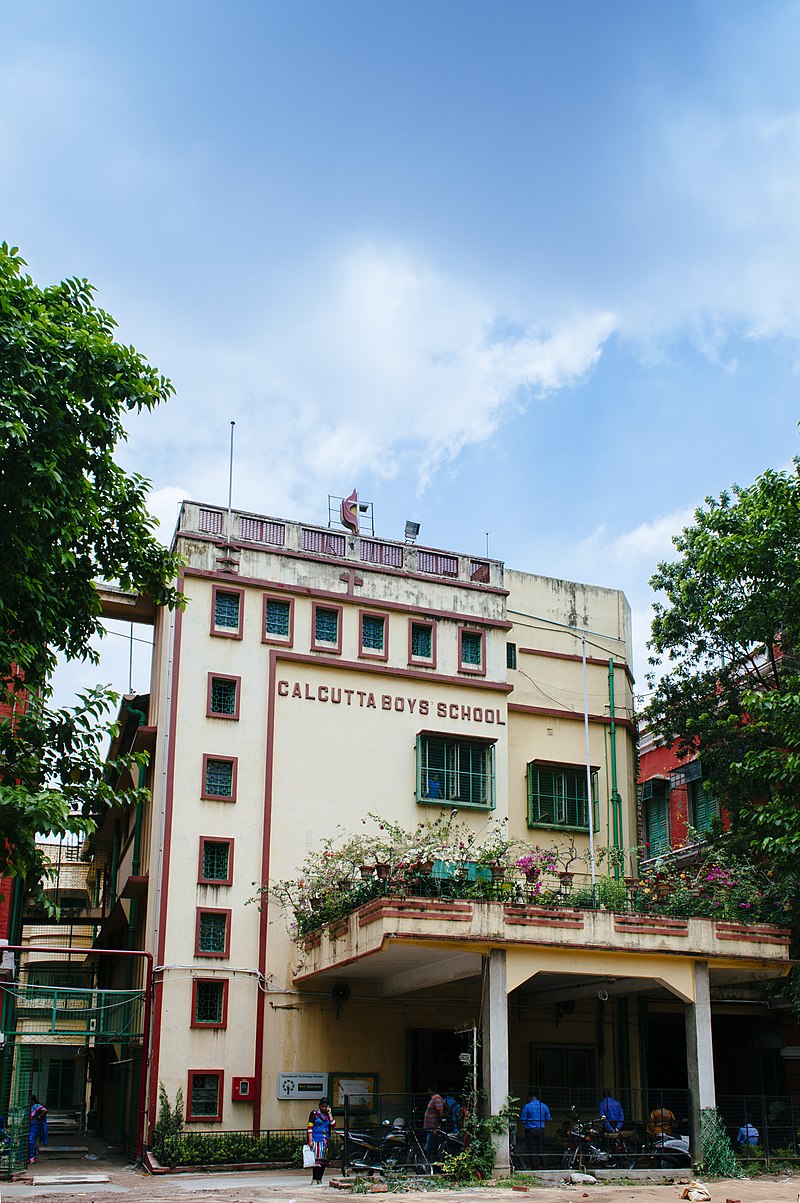
The school finally acquired its own building at the current location on 72 S.N. Banerjee Road
(then Corporation Street) in 1893, thanks, in large measure, to the generosity of a man who
could be regarded as the Chief Patron of the school: Sir Robert Laidlaw KT (1856-1917). M.P. for
the East Renfrewshire, Scotland, from 1906-1910 and founder-chairman of the great business
houses ‘Whiteway, Laidlaw and Co.’ and the ‘Duncan Durian Rubber Estate, Ltd’, Sir Laidlaw
donated the land and erected the Main building in 1893 and the Renfrew House in 1902. He endowed
the school with the 3 magnificent ‘Waverley Mansions’ in 1903 and established the Calcutta Boys'
School Endowment Trust in 1904.
THE HOUSE SYSTEM: was inaugurated in 1916. The names of the houses were THOBURN (Red),
LAIDLAW
(Green), WARNE (Light Blue) and PRITCHARD (Dark Blue). Bishop F.W. Warne, a Canadian by
birth,
arrived in Kolkata as Pastor of Thoburn Methodist Church in 1888 and played an active role in
social work in the city and also in sustaining CBS in its early years as a board member and
thereafter as Chairman from 1900 (having been elected Bishop of the Methodist Episcopal Church).
Mr. C.J.A. Pritchard was a valued member of the school committee. Later, however, in
1933,
HENDERSON (Blue) House replaced Pritchard House in honour of Reverend George S.
Henderson, an
eminent Pastor of Thoburn Church and founder Chaplain of CBS, and the colour of WARNE House was
changed from Light Blue to Gold.
In the list of Principals two great names stand out- Mr. H.C. Fritchley and his son-in-law, Mr.
C. Hicks. Till 1931 when Mr. Fritchley (the first Anglo-Indian Principal of CBS) assumed office,
there had been a series of foreign Principals who were mainly English and Church men. In 1931,
when the school was suffering an acute financial crunch,Mr. Horace Christopher Fritchley
, a
teacher in CBS since 1912, was appointed Principal. He introduced a series of austere
disciplines, abolished the system of giving out prizes on Speech Day & Sports’ Day and taught
his staff and pupils “to love the game beyond the prize”. Within a very brief period, Calcutta
Boys' School had cleared all debts and was financially stable. The Middle building, erected in
1962, has been named “Fritchley Building to commemorate the dedicated services of Mr. Horace C.
Fritchley. In 1953, Mr. Clifford Hicks, a teacher and Headmaster of CBS, took over as
Principal.
During his tenure of 22 years, Mr. Hicks became a legendary figure in the field of education. He
was nominated as Member of the West Bengal Assembly in 1967. Mr.
Hicks emphasised both high morals and high academic standards. If he is remembered for raising
the school to a high level in terms of academic results and strict discipline, he is also
remembered for his inspiring Chapel messages. The school library has been dedicated to the
memory of Mr. Clifford Hicks.
The present Principal & Secretary, Mr. Raja McGee assumed office in 2007. His vision of “CBS
Beyond Moulali” took shape when
Calcutta Boys' School
extended beyond the mother campus on 72 S.
N. Banerjee Road to disseminate the light of education in other parts of West Bengal. The
extension campuses (branch schools) were established at Sonarpur in 2008, in Beliaghata in 2010
and in Asansol in 2015 and at Shantiniketan, Bolpur.
Calcutta Boys'
School together with its extension campuses is distinctively a
Christian
Minority, Anglo-Indian, heritage institution, under the control and authority of the Calcutta
Boys' School Educational Society, a registered non-profit, charitable society of the Bengal
Regional Conference of the Methodist Church in India, committed to providing holistic education
and the production of useful and faithful citizens of India.
